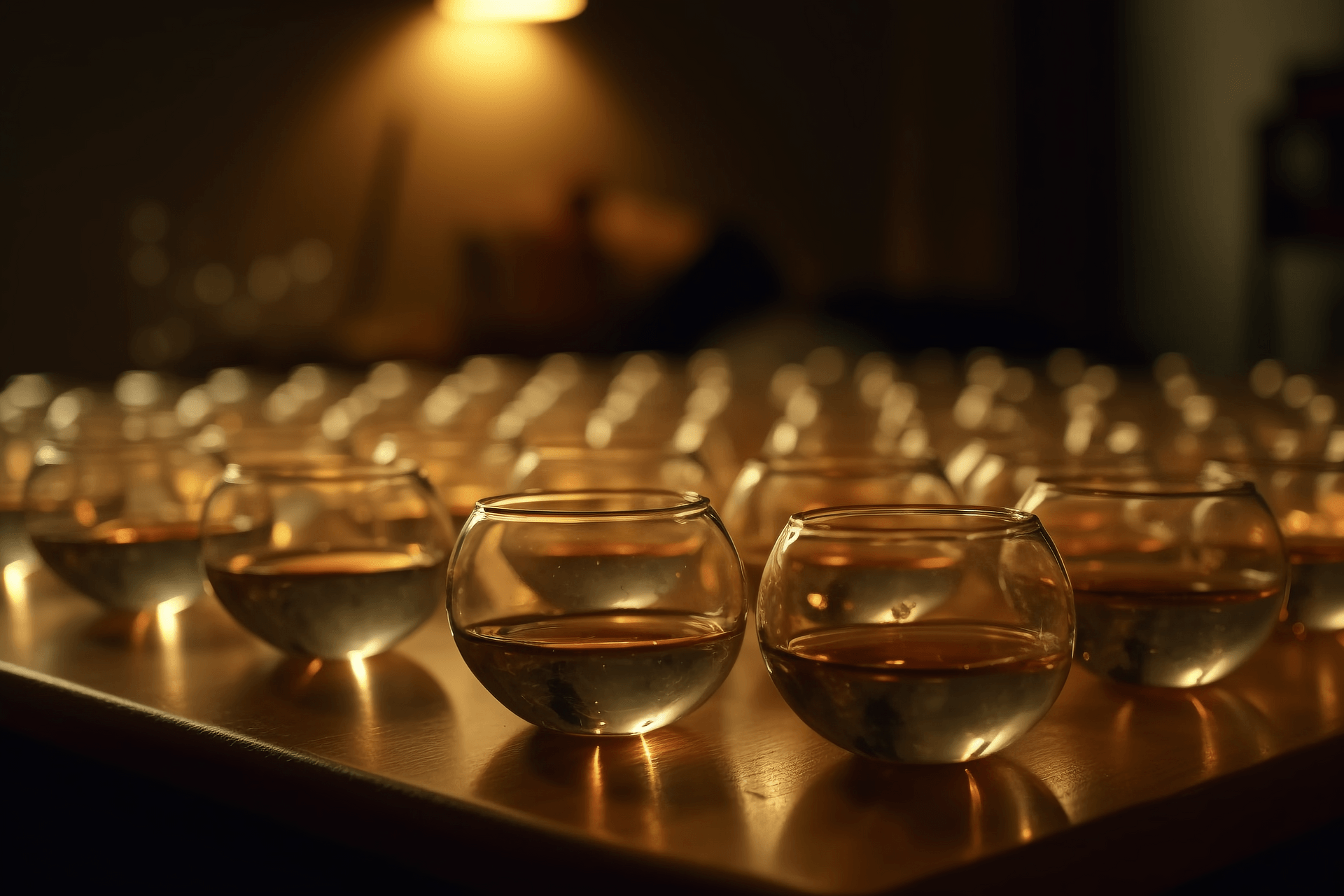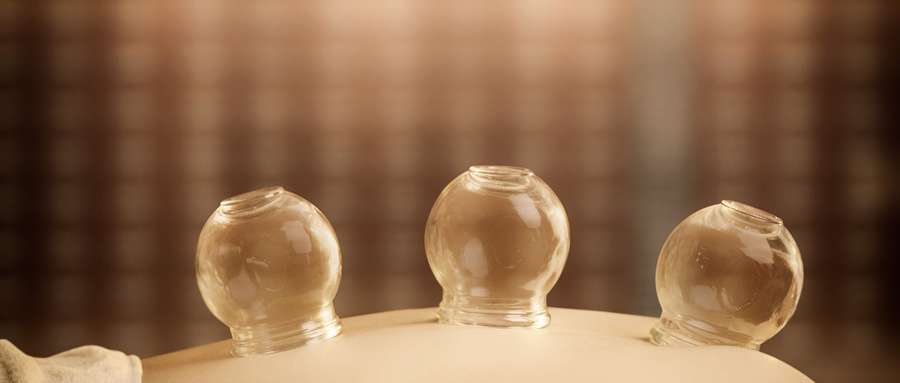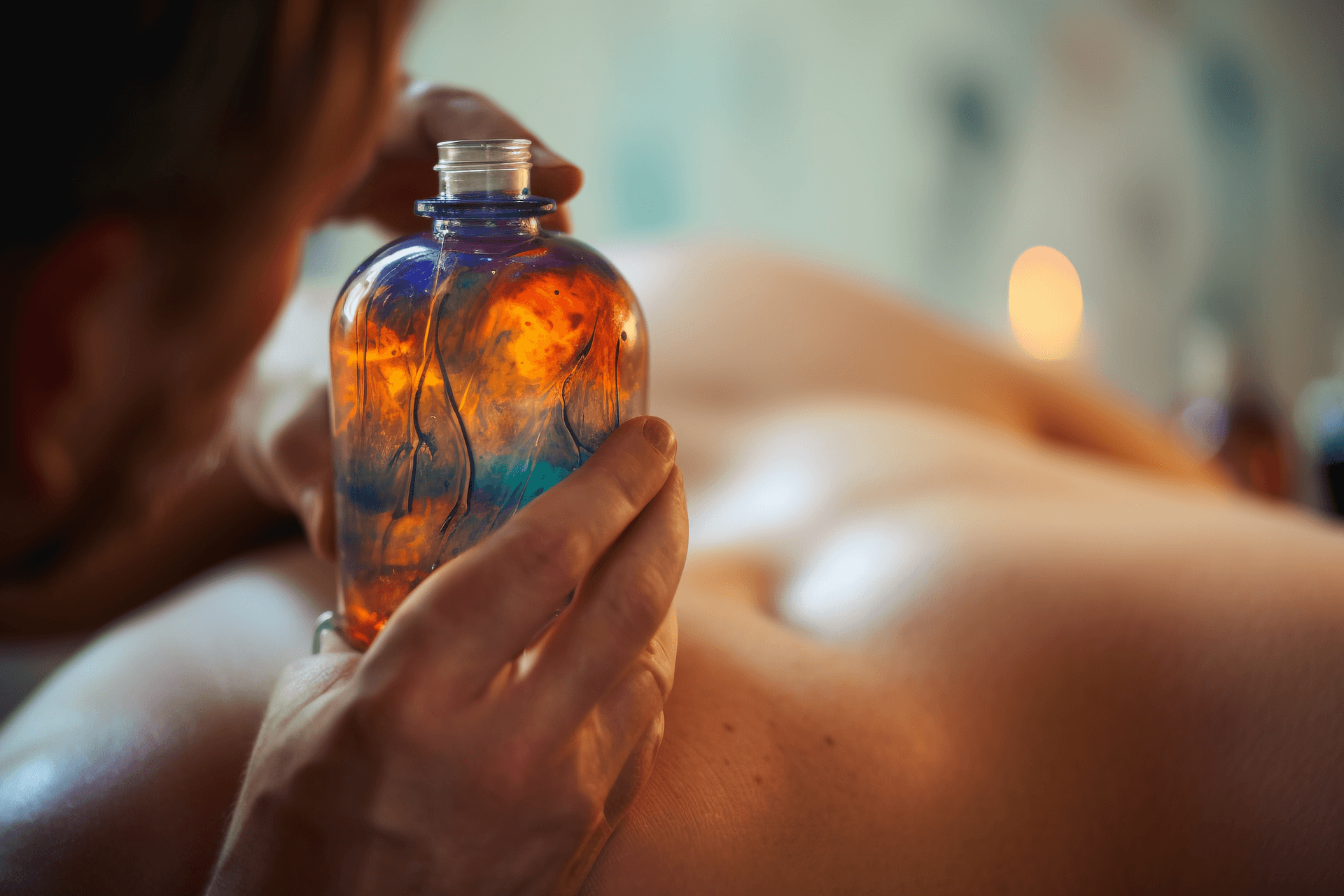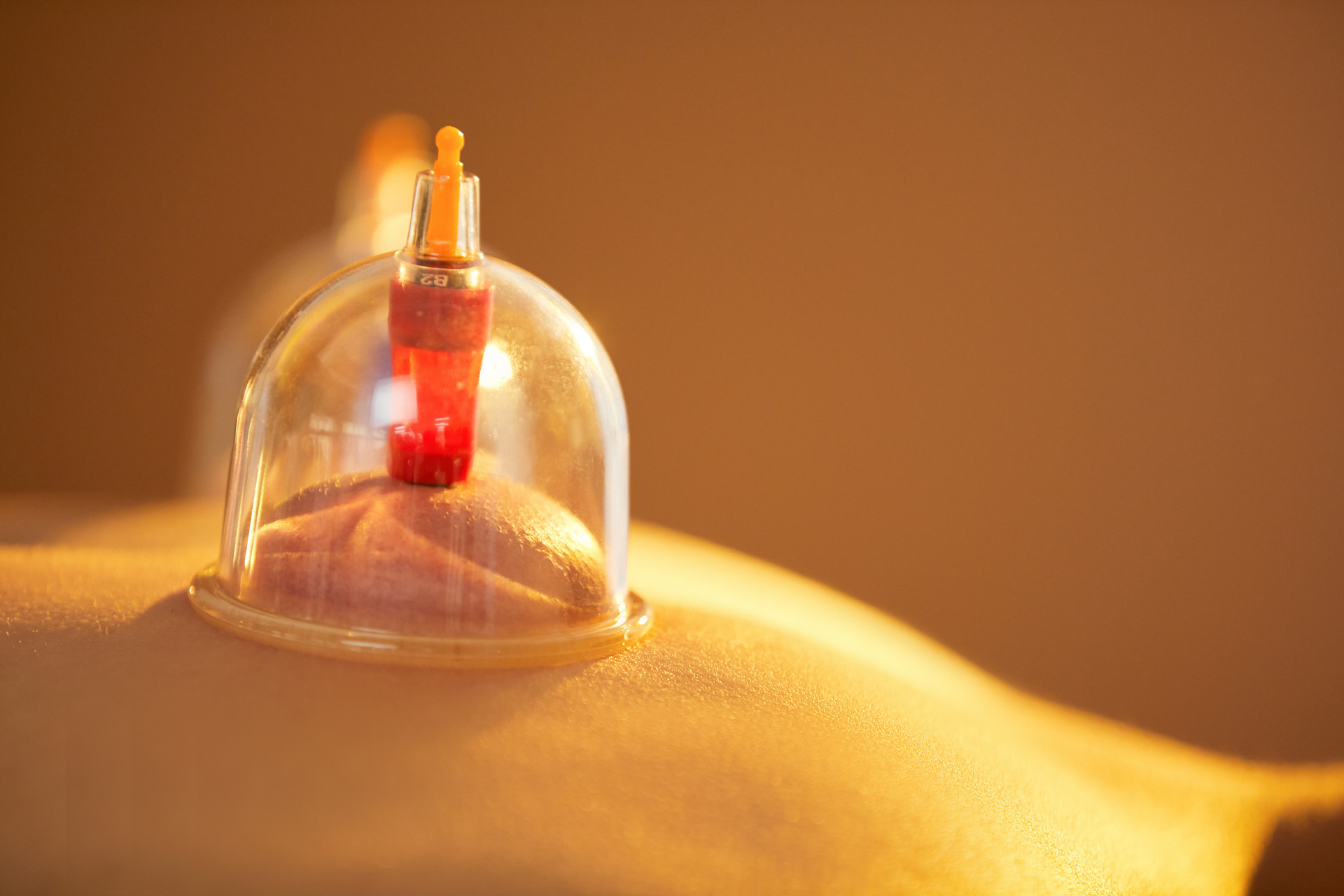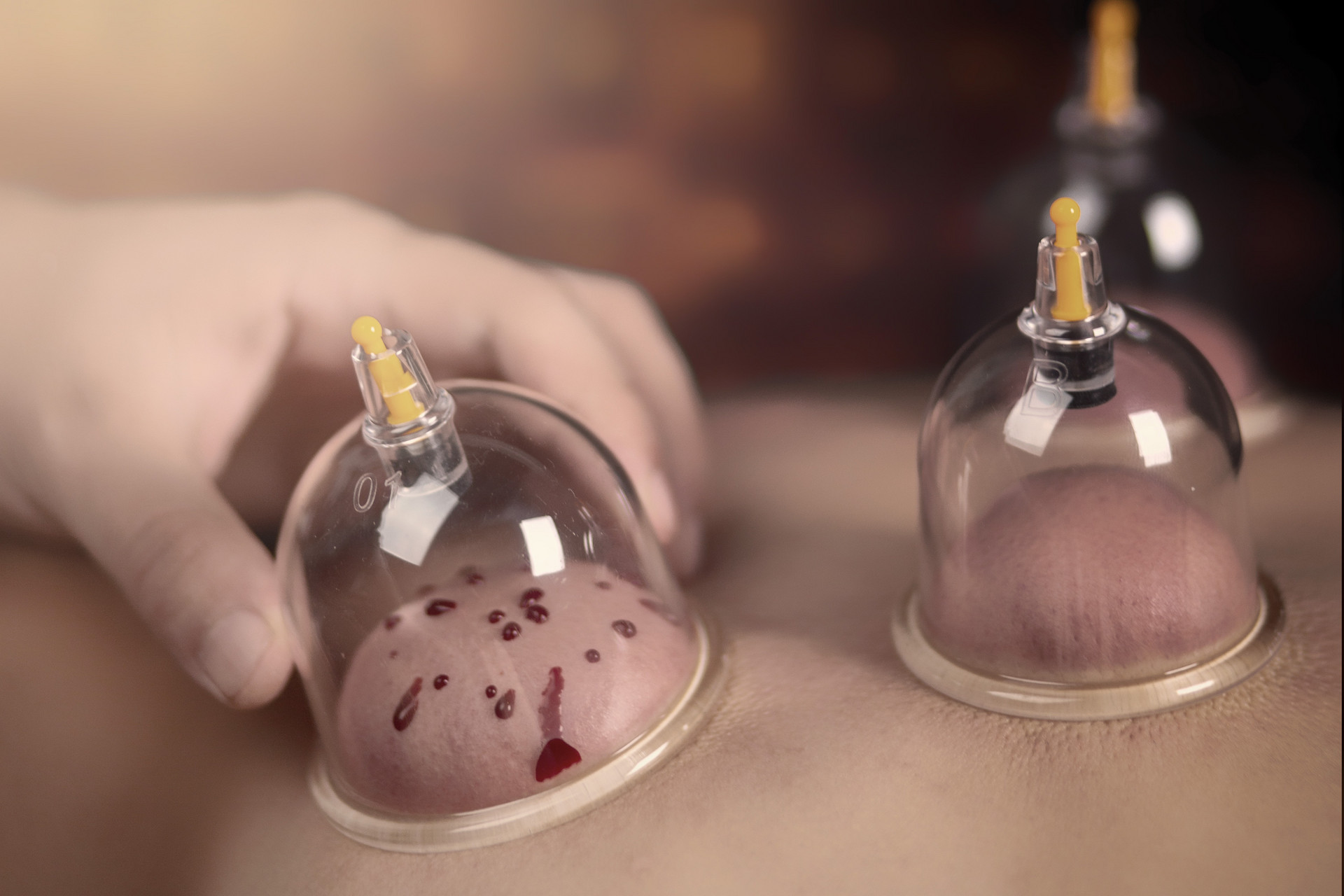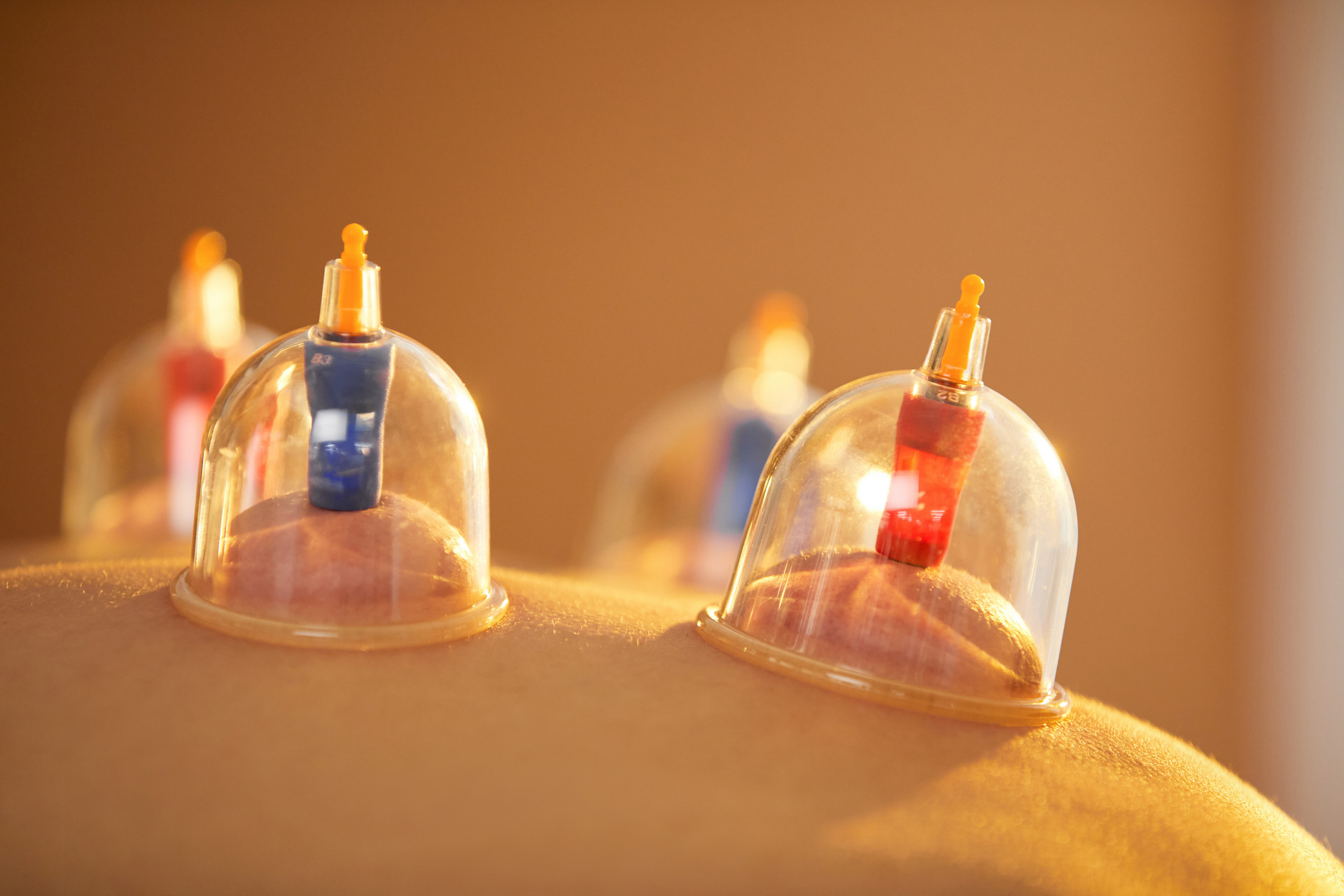The shallow dispersing method is to use flash cupping at the selected area, leave the cup on for 1-2 minutes to observe until the skin turns slightly red, then use cupping rolling or palm root rubbing to reduce the local redness. Repeat this process 6-8 times until the area becomes slightly swollen. This treatment can be done once every other day, 2-4 times to complete the therapy.
Indications include: cold, rheumatism, numbness, strain, sprain, and pain, etc.
Principle: The use of fire cupping is to utilize its warm effect to "stimulate the hair follicles" and create the prerequisite for expelling pathogenic factors. This is different from the commonly used suction cupping. At the same time, the suction it generates can have a "catch and shallow" effect on the pathogenic factors, and the shallow pathogenic factors can be "pressed and dispersed" through rolling or rubbing. Through repeated "catching" and "pressing", there will be accumulation and changes in quantity, achieving the goal of "eliminating seven or eight out of ten" pathogenic factors. This is the treatment principle of the shallow dispersing method.
This is different from the blood stasis phenomenon caused by the traditional cupping method of leaving the cups on for a long time. The goal here is to expel pathogenic factors, but the result often falls short due to the addition of blood stasis.
It is also different from the flash cupping method. Although the flash cupping method is similar to the shallow dispersing method, it involves quickly removing the cups, with a short duration. Although it can cause the skin to turn slightly red, the power to expel pathogenic factors is insufficient. It can only achieve "shallow" but not "dispersing", and therefore cannot meet the requirement for quantitative change.
From this, it can be seen that the shallow dispersing method is superior to other similar methods of cupping and is sometimes comparable to acupuncture therapy, often used in combination.


